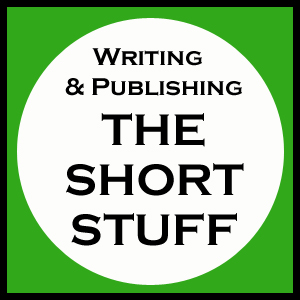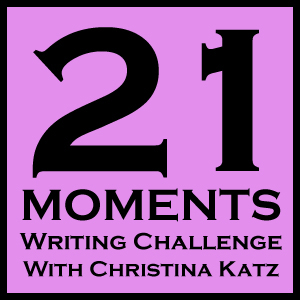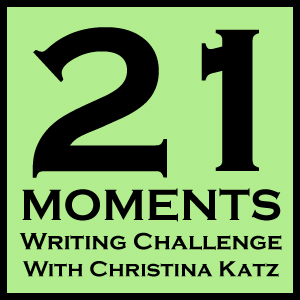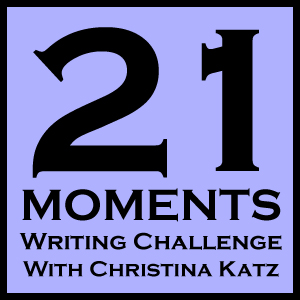
Photo by Sylwia Bartyzel via Unsplash.com
I have a few tips for memoir writers that might help avoid the usual I-wrote-this-for-therapy-and-now-I-want-to-sell-it pitfall.
Keep in mind, I have no problem with writing a memoir as a form of therapy. But if you have no previous professional writing experience, little concept of how the publishing business works, and you have read scant well-written memoirs, the chances that you will write a saleable memoir are very slim.
So if you are writing a memoir for therapy, go ahead. But if you are writing a memoir to sell, here are a few tips:
1.Read plenty of memoirs before you start writing yours, but don’t read memoir writing how-to books until the full first draft is done.
2. Write the complete story in short segments. Leave no idea unturned. Get every single emotionally charged moment onto paper.
3. Have a searchable method of compiling what you write. Electronic folders work well and are searchable. Keep your longhand draft if you hand one, but copy portions into Word as you go. Don’t edit them too much.
4. Don’t try to come up with a structure for your memoir until you are through writing what you believe is a full, unstructured draft.
5. When you are through, put the draft away and get some education on the way memoirs are structured or work with a writing coach to help you draw out the themes of your memoir. Most memoirs are not just about one thing, they are about a lot of things. These messages are often revealed naturally in the telling, or simply implied by the story itself.
6. Do some outlining with the reader in mind. What’s the story about from the reader’s point of view. It’s time for you to get out of the way and think about what the reader needs and wants to know. Maybe you don’t need to tell your whole entire life story. There is a very good chance that this won’t make a compelling read, anyway. Maybe focusing on 8 key weeks in your life and using flashbacks and flash-forwards would make more sense. You won’t know if it works until you try it, but when you dive back into your material, have a structural plan.
7. Pull together a full structured rough draft using pieces you already wrote and quickly jotting down transitional information and flashbacks, etc. What do you notice? You notice that the first draft you wrote helped you get some distance from your story but is typically not the actual story the reader wants. The actual story may still need to be written. If so, you will know once you have pulled together a full rough. But you still needed the full rough to help you get past your self-consciousness. So don’t skip it.
8. Smooth out your full rough and get a profession read of it. What you need to know is whether you have a saleable story or a therapeutic story. If you have emotional distance from your story, this will increase the likelihood that you have a saleable story. If you don’t, it’s unlikely that you will be able to take the story to the artistic level required of memoir. Don’t be upset if this is the case. You can always put the draft away and let some time pass. No good ideas ever die, that’s my motto.
9. When it’s time to compose what will become your saleable draft, approach the task like a professional author. Have specific hours when you work. Follow your plan. Listen to what the story is telling you as you go. Take the professional advice you have received into account and get the manuscript to a polished full draft. You may have to write several full drafts to accomplish this. You may need to walk away from the job many times to maintain emotional distance. Don’t complain if no one told you how incredibly hard it is to write a book. This is simply what authors go through every single time they create a worthwhile read.
10. Have other things going on in your life too. Especially other creative projects. Maybe you paint. Maybe you decorate. Maybe you are a social butterfly. Don’t give up the other things you love just because you are working on a memoir. Immerse yourself in your book while you are working on it, but then let normal life flow back in. You’ll get the darn thing done eventually.
11. Once you have a polished draft, it’s time for multiple professional opinions. I would not give the manuscript to your friends and family at this point. If you wrote it for traditional publication, then your friends and family can wait along with everyone else. You have to be able to be detached at this point. You can’t take professional feedback on your manuscript as a reflection on you. It’s about the writing, not about you. This is about the marketplace, what’s selling, and what readers want according to publishing professionals. You want their opinions. But you have to be open and stay open to hear what you need to hear to get your manuscript up to snuff.
12. Listen to what to the professional feedback about your manuscript. If the consensus is that it has potential, then stay with it, even if it needs more work or a major rewrite. Work with a professional editor if you feel overwhelmed or uninformed about how to take the manuscript to the next level. If the feedback isn’t what you hoped to hear, if the consensus is that you have created something that is not saleable, then take a couple of steps back and regroup. Let some time pass and then decide if you want to self-publish or not. But don’t rush into it in the heat of disappointment. Wait. Go to some self-publishing conferences and decide if this is really something you want to do.
13. Time is your friend, when it comes to memoir writing. If you are going to tackle such an enormous project with little professional experience, then you need to focus on writing for readers. Better yet, write for one reader—a reader like you, who would appreciate your topic and your style and your voice. If you don’t know how to write for readers, if you don’t know how to make the most of your personal experience in words that are so compelling that the reader must turn the page, then it’s unlikely that you will be able to create a saleable memoir.
But you won’t know until you try, will you? So go ahead and try. And best of luck.
I am a veteran journalist, author and coach with over a decade and a half of experience and a wealth of techniques to share. I am focused on making the world a saner, more expressive place. I help folks become more creative for personal enjoyment, professional development and transformational growth. Whether you are a professional creative or hope to become one some day, I can help you embrace your personal strengths, explore your creative possibilities, and evolve incrementally into your most inspiring self. If you are ready to achieve creative consistency in your life and career, email me about monthly coaching calls. To learn more about increasing your creative confidence, please check out my online school. Stay tuned for ways to save money by becoming a Beta User for my next new course by subscribing to The Prosperous Creative. And don’t forget to get these blog posts delivered to your inbox, so you never miss a post. If you appreciate my work—school, products, blog and social media posts—you are welcome to make a contribution of any size at any time. Thank you for your support!
 Writing rules. Self-promotion drools. Isn’t this how most writers think?
Writing rules. Self-promotion drools. Isn’t this how most writers think?





